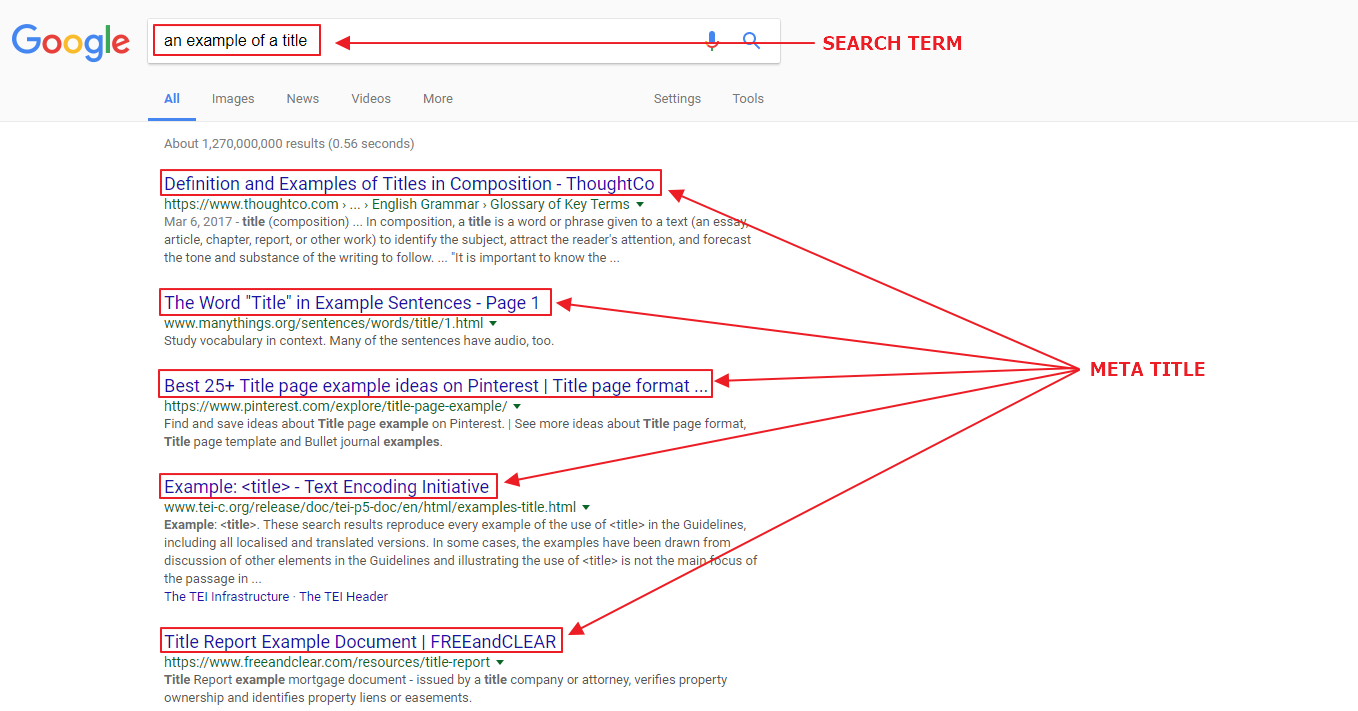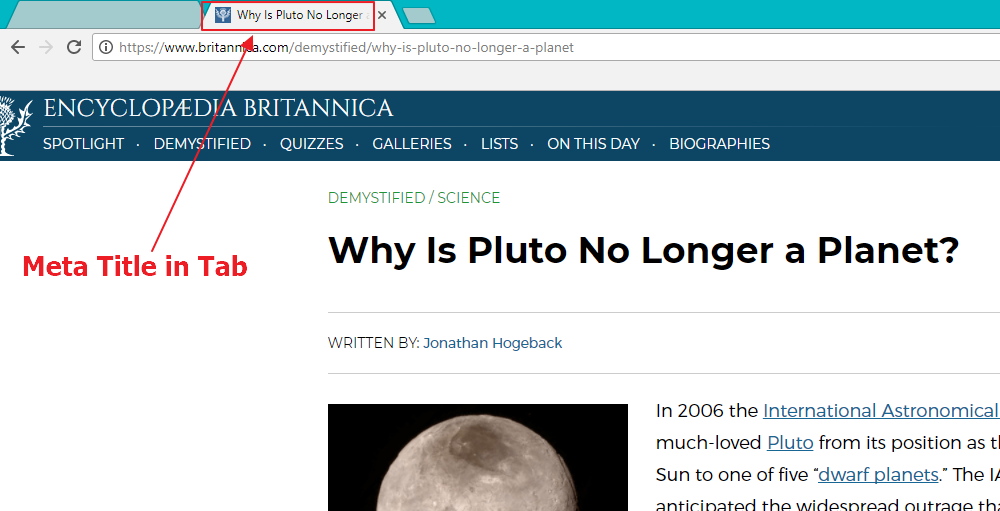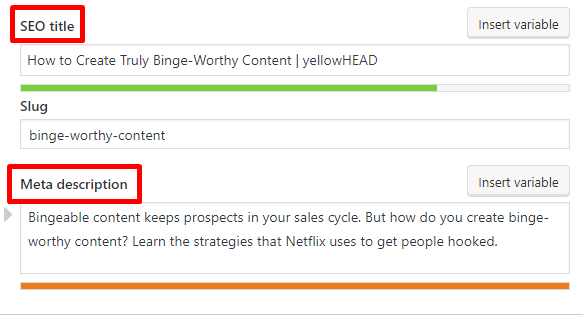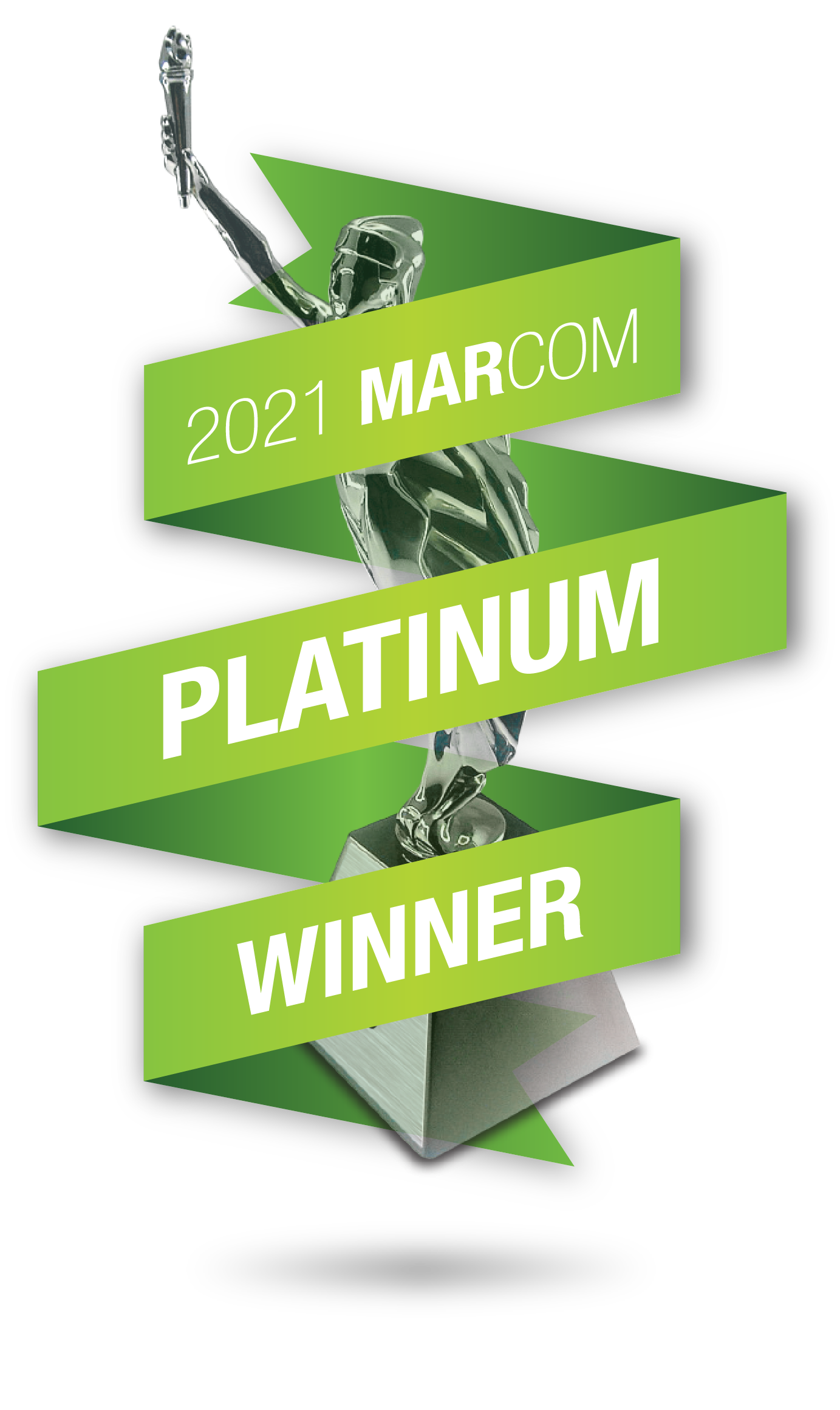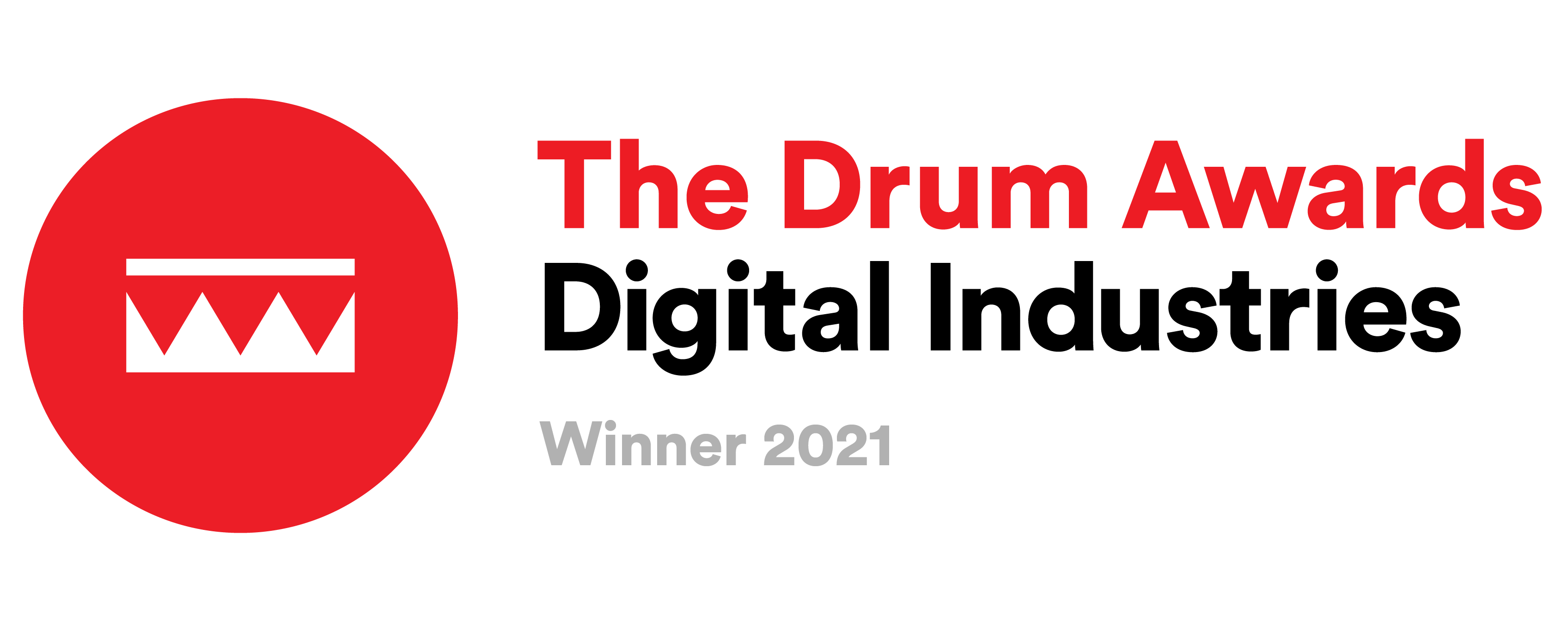SEO Meta Tags Matter: Guide to SEO Meta Titles, Descriptions, & More

Although you might not always notice them, meta tags are one of the most essential elements of your website’s SEO efforts. Creating strong meta tags that follow best practices is crucial for improving each page’s ranking and visibility in search engines, as well as boosting CTR and user engagement with your content. In this article, we will dive deep into meta tag definitions, best practices, and some pro tips.
Prefer listening instead? Play our podcast and get all the insights on the go!
What are SEO Meta Tags?
Meta tags are HTML elements incorporated into the <head> section of a webpage, which provide information about the page to both search engines and users. While some meta tags, like the robots tag, for example, are not visible to the user, in this article, we will be focusing on the tags that are displayed on the SERP, like the Title and Meta Description. We will also explore the different types of header tags.
What Is a Meta Title Tag?
A meta title tag is an HTML element that is responsible for communicating to the search engines what the title of the respected webpage is, and providing initial data about the content of the webpage. It is also the first piece of information the user sees about a certain webpage when conducting a search on a search engine.
How impactful are meta titles on Google?
The title tag is the most prominent element of your site’s appearance on the SERP (search result page). From an SEO perspective, the title has 2 important parts in a website’s optimization:
- Ranking Factor – You would want to incorporate the main keyword you want to rank for in the title, to help the search engine understand the relevance of your webpage to a certain query. A well-crafted meta title with relevant keywords can improve a page’s chances of ranking for those keywords.
- CTR – Being the first, most prominent element a user sees about a webpage when conducting a query, it is safe to say that a compelling, well-written meta title – one that clearly demonstrates the value the page offers in relation to the search query – is crucial in generating clicks, or traffic, to your site.
One thing to remember is that meta tags are merely recommendations provided by the web developers to the Google search engine. This does not necessarily mean the title tag will be displayed exactly as it was set in the code. Google may rewrite a page’s title and override the existing one to better suit a specific search query if it finds the provided title less relevant for that query, or if an improvement in perceived usability is anticipated with a different title.
Meta title length – What is the title tag character limit?
The recommended length for a meta title is between 300 and 600 pixels, which equates to a maximum of around 60 characters. Keep in mind that some characters occupy more space than others (wider letters like “M” take more pixels than “i” for example; the same goes for CAPITAL letters vs. lower case).
The recommendation for an optimal title length would be 45-55 characters.
Where can you see the meta title tag?
The meta title tag is visible in several places:
1. The page’s source code: If you right-click on the page, you can then choose “view page source”. Then, use CTRL+F and type <title> in the search field to find the title tag.
2. The browser tab: If you hover over an open browser tab, you should see the page’s meta title.
How to write a strong meta title – SEO best practices
- Relevance – The meta title should be relevant to the page’s topic, and provide information regarding what the webpage is about. Consider the user intent to make sure your title is relevant to what they were originally looking for.
- Natural keyword incorporation – The meta title is one of the most important locations to incorporate the main keyword you aim to target. Keep the phrasing natural and avoid keyword stuffing. Make sure you write an interesting and appealing title, and avoid misleading messaging and click-bates.
- Numbers – Using numbers in meta titles (e.g., “Top 10 ranking factors” vs. “The most important ranking factors”) has been shown to significantly improve CTR, as numbers make meta titles appear more trustworthy. Adding the year can also indicate the relevance and freshness of the content (e.g., “Top 2024 ranking factors, vs. “The most important ranking factors”).
- Uniqueness – Google does not favor duplication. Just as each page should have its own unique content, it should also have its own distinct title that conveys its specific value.
- Not the same as H1 – It is recommended to use an H1 heading that differs from the meta title to enhance SEO efforts. By differentiating them, you can target a broader range of keywords and improve overall search visibility. Additionally, it prevents keyword redundancy and improves user experience by offering more context.
What is a Meta Description Tag?
A meta description tag is an HTML element that serves as a brief snippet of text, meant to describe what the page is about and provide some sort of “teaser” to the user.
The meta description is visible on the SERP. It can be found just below the meta title, and is not visible on the page itself after the user enters it.
The meta description is not a part of Google ranking factors, at least not in a direct way. While not taken into account by the algorithm in terms of indexed keywords, it does have a great impact on the page’s CTR, which, as we know, is a strong signal for Google regarding the page’s content relevance to a specific query.
What is a meta description length?
A meta description should be between 70 to 155 characters, which are approximately 680 to 920 pixels, depending on the characters’ width, as explained in the previous section. Ideally, you should aim for a 130-character-long meta description to ensure it is being fully presented on the mobile SERP.
If the meta description is too long, it might be partially cut off, or, in some cases, replaced with a different meta description generated by Google, or taken from the content of the page itself, if Google finds it to be more relevant to a specific query.
You might ask yourself if it’s worth writing a meta description, given that Google often replaces it with its own (Studies have shown that Google rewrites around 60%-70% of the meta descriptions on the first page of SERPs!).
Well, despite this statistic, our answer in yellowHEAD is still a definite yes, and here is why:
- Your meta descriptions are likely to appear in their original phrasing when you share links to your content on your social media profiles
- The meta description provided in the HTML, even if not displayed by Google, still plays a role in offering the algorithm additional context about your page
- Your meta description will be displayed a certain percentage of the time, and when it is, it will have a crucial impact on the CTR.
How to write a meta description? Meta description best practices
- Provide a unique Meta description for each page. Avoid using a template (which gives the sense of duplicated descriptions produced by a machine)
- Include a CTA, and use a tone of voice that will make the reader interested in what you have to offer. The meta description can be a strong marketing element with great potential to boost CTR, when phrased wisely
- Fact-check yourself! This is especially important if you are using AI tools to help you generate your metadata
- Incorporate your strategic keywords in the meta description when possible – if the user searches for a query that is part of the displayed meta description, it will be marked in bold, which helps attract the user’s attention.
- Stay relevant! Same as for the meta title, the meta description should be related to the content of the page it addresses. Make sure the meta description summarizes in an intriguing way what the reader can expect to find on the webpage
- Avoid using exaggerated terminology that might impair your professionalism and trustworthiness
- Generate a meta description of proper length: avoid descriptions that are too short and provide no added value, as well as too long meta descriptions that might be cut off in the SERP
What Are Meta Keywords?
Meta keywords are an HTML component, a meta tag that was originally intended to indicate to Google which keywords were relevant to the content’s topic, helping the algorithm better understand the context of the page. These keywords are not visible to the user.
Does Google use meta keywords?
No, Google no longer uses meta keywords as a ranking factor. After many SEO professionals have abused this tag for years to manipulate the algorithm’s results, by overloading it with irrelevant keywords, in 2009, Google announced that meta keywords would no longer be a ranking factor in its search algorithm.
Should I use the meta keywords tag?
The short answer is “no”.
The long answer is that, in some cases, using the meta keywords tag in your site’s HTML code might expose your SEO strategy to competitors by revealing the keywords you are targeting on each page.
Additionally, some search engines may consider the use of this tag as spammy, given its past abuse by web developers and SEO specialists (like stuffing irrelevant or excessive keywords).
How to Add and Edit Meta Tags
You can add or edit meta tags of your web page by editing the <head> section of a page.
This can be done by editing the HTML code of a page or, depending on your CMS, directly through its interface. Furthermore, it can be done with additional modules or plugins. Here’s how the code should look like:
How to Add Meta Tags in WordPress
The general approach to editing the <head> section of a page applies for WordPress as well. You can do this directly in the template code, or with the help of an SEO plugin.
Here’s how you can add the meta tags with the Yoast SEO plugin:
- Install the Yoast Plugin
- Navigate to the page you want to add the meta tags to and click “edit”
- Scroll down to the Yoast SEO section at the bottom of the page and edit your metadata
- After reviewing the metadata, save and publish your changes
Here’s how you can add the meta tags without a plugin:
1. Find and open your header.php file through the file manager and look for the <head> tag where you should find your meta tags.
2. Paste the meta tag code under the opening of the <head> tag. Here’s an example of the title tag and description tag:
<title>your title tag goes here</title>
<meta name=”description” content=”your meta description tag goes here” />
(don’t forget to replace the generic wording with your own meta)
3. Save and publish your changes
Our yellowPODCAST on SEO Meta Tags
FAQs
How can you check a page’s meta title and description?
Right-click on any page (or use Ctrl+U in Chrome) to view the page source, where you’ll find all the meta tags (and much more). Another option is to use an SEO extension, such as META SEO inspector.
Why isn’t Google displaying my meta description?
If a search engine is not displaying your title or meta description in the SERP, ask yourself:
- Are the title and meta description I provided relevant to the user’s search query?
- Do the title and meta description I provided accurately reflect the page’s content?
- Are the title and meta description too long or too short?
For SEO to be fully effective, a comprehensive site audit must be conducted. An SEO project should include, among other things, a thorough keyword research, proper on-page optimization, and most importantly, high-quality, unique content that provides real value to users.
A web page must have optimized on-page elements to rank in search results. However, content cannot be overlooked; a page with well-crafted meta tags but poor-quality content may look appealing, but users will quickly bounce if the content is not relevant or engaging.
For expert SEO consultancy and service, contact us today.
This article was originally written in 2022 by Ehud Simhi




